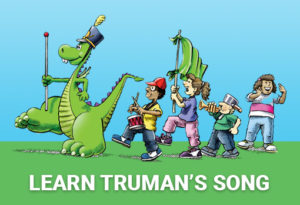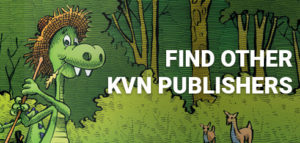Russia
 The first human settlement in Russia existed 10,000 years ago in the southern part of the nation in a region called the Steppes. The northern part of the nation was still covered in ice from the Ice Age. Slowly, as the ice melted, more and more people, like the Slavs, settled into regions in this huge territory. Even the Vikings came, though they often traded with instead of attacking the villages they found. Today, Russia is a single nation under one government, but there is still a lot of diversity (differences) within the country with 120 different ethnic groups. Eighty percent of the population considers their ancestry as Slavic, but there are also Tartars and Ukrainians to name a few.
The first human settlement in Russia existed 10,000 years ago in the southern part of the nation in a region called the Steppes. The northern part of the nation was still covered in ice from the Ice Age. Slowly, as the ice melted, more and more people, like the Slavs, settled into regions in this huge territory. Even the Vikings came, though they often traded with instead of attacking the villages they found. Today, Russia is a single nation under one government, but there is still a lot of diversity (differences) within the country with 120 different ethnic groups. Eighty percent of the population considers their ancestry as Slavic, but there are also Tartars and Ukrainians to name a few.
• Russia is considered part of both Europe and Asia.
• The official language is Russian, but there are 27 recognized languages in use , and more than 100 are spoken.
• There are four official religions: Orthodox Christianity, Islam, Buddhism and Judaism.
• The capital city is Moscow.
• Russia has a Prime Minister and a President.
• Russia is so large it spans 11 time zones.
• It is the largest country in the world based on land mass.
• It covers 6,592,772 square miles.
• It is about twice the size of the United States.
• The population is 142,470,272.
• The currency is the ruble.
• The two major mountain ranges are Ural and Altay.
• It has 100,000 rivers.
Because Russia is such a large nation, it has a wide variety of environments. The North is famous for its frozen tundra, but there are also treeless plains called Steppes, as well as deserts, coasts and forests. Thankfully a lot of this beautiful nature is protected by national parks called zapovedniks. For many years these areas were unprotected and incredible animals like the Siberian tiger, snow leopards and polar bears suffered. These animals are still currently threatened, but national parks are a great step towards protecting them and their habitat.





